The Hanok Smith Likes (스미스가 좋아하는 한옥)
10.2Km 2019-11-26
22-7, Samcheong-ro, Jongno-gu, Seoul
+82-2-722-7003
The Hanok Smith Likes is an Italian restaurant that can be found in an alley near the Embassy of the Republic of Poland. The restaurant is famous for serving homemade Italian cuisine in traditional Korean house in Samcheong-dong.
The Smith in the restaurant’s name refers to a Mr. Smith, a virtual person cooks his favorite dishes in a hanok. One of the interesting aspects about this restaurant is that they serve hwadeok pizza (brick oven pizza) and pastas which are not the Korean dishes one might expect given the hanok exterior. They also serve salads, risotto, steak and wine at the restaurant. Particularly, the nighttime atmosphere of the restaurant offers a more serene and cozy experience thanks to the traditional hanok architecture.
Tumbas Reales Uireung en Seúl (서울 의릉(경종·선의왕후)) [Patrimonio Cultural de la Humanidad de la Unesco]
10.2Km 2025-06-27
Hwarang-ro 32-gil 146-20, Seongbuk-gu, Seúl.
Uireung son las tumbas del rey Gyeongjong (1688-1724, rey de 1720 a 1724), el 20º rey de la Ddinastía Joseon, y su segunda esposa la reina Seonui (1705-1730). El rey Gyeongjong fue el primer hijo del rey Sukjong y Janghuibin, una de las concubinas del rey. El rey Gyeongjong nació débil y anémico, y falleció solo 4 años después de ser proclamado rey, sin ningún logro político de importancia. La reina Seonui fue princesa en 1718 y reina en 1720, cuando el tey Gyeongjong ascendió al trono. Está considerada una reina prudente. Las tumbas Uireung se diferencian de otras tumbas reales en que no están una al lado de la otra, sino que siguen la teoría geomántica y una está justo detrás de la otra.
Dahmsojung [Korea Quality] (담소정[한국관광 품질인증/Korea Quality])
10.2Km 2025-07-18
16-2, Bukchon-ro 9-gil, Jongno-gu, Seoul
Dahmsojung, meaning ‘a house full of laughs’, is a hanok guesthouse that provides sincere services and comfortable relaxation. Located in the middle of Seoul’s city center, this hanok hotel-class guesthouse was built using traditional hanok construction materials including the 200-years-old Korean land pine from Gyeongju, and clay for rooms. The owner originally bought the land to build the residential area for the family, but wishing to promote the charms of the hanok building to foreigners, it was opened as a guesthouse in October 2012. This hanok guesthouse with modern elements is decorated with refined interior items. It provides a special breakfast that consists of steamed rice wrapped in a lotus leaf and tasty side dishes without any artificial seasonings. All the vegetables used for the meals are organic and cultivated by the owner. It also uses refined objects including high quality tableware, bedding (cotton bedclothes with colored stripes), authentic ceramics, lacquered painting by an artisan, and artistic living items. It carries out a cleaning and disinfection process every day as well. In particular, Hinoki cypress with a subtle scent was used for the bathroom. The home bar was installed especially for foreign guests who find it difficult to sit on the floor in the kitchen. These detailed consideration and decorations have attracted many guests including foreign diplomats, VIPs, and so on.
It also operates a hands-on programs including ‘calligraphy’ and ‘making a fan’ that are held on the main floored room and are popular among foreign guests. Dahmsojung offers guests sophisticated services and comfortable facilities with a clean and traditional atmosphere that attracts many domestic and foreign guests.
Parque Guri del Río Hangang (Parque Cosmos) (구리시민한강공원(코스모스공원))
10.2Km 2025-08-14
Cosmos-gil 14-beongil 249, Guri-si, Gyeonggi-do
Es un espacio al aire libre en donde los visitantes pueden disfrutar del aire fresco un entorno natural. En particular, el parque dispone de hermosas áreas destinadas a las flores, en el mes de mayo florece la colza y en septiembre los cosmos, por lo que ofrece un paisaje espléndido a los turistas y residentes de la zona.
Yeonwoohouse [Korea Quality] / 연우하우스 [한국관광 품질인증]
10.2Km 2024-11-19
5-13, Bukchon-ro 12-gil, Jongno-gu, Seoul
Yeonwoo Guesthouse is a quiet and cozy traditional Korean guest house (hanok) located in Gahoe-dong, Jongnogu in Bukchon Hanok Village, a charming area crisscrossed with a labyrinth of old alleyways. As it is close to some of Seoul’s most famous tourist attractions, including Changgyeonggung Palace, Changdeokgung Palace and Gyeongbokgung Palace, many tourists from Southeast Asia and Europe book a stay here.
It consists of two cozy guestrooms, each equipped with a bathroom. Among the guest house’s many charms is the panoramic view of Bukchon Hanok Village from its rooftop, which can be reached by a ladder. It also boasts the beauty of a traditional Korean house during the daytime and a spectacular view at nighttime.
As it is an old hanok, the owner pays close attention to hygiene, and has the entire building regularly sterilized by a sanitary control company.
Puerta Gwanghwamun (광화문)
10.2Km 2025-08-08
Sajik-ro 161, Jongno-gu, Seúl.
La puerta Gwanghwamun es la entrada principal del palacio Gyeongbokgung, levantada en 1395 por Taejo, el primer rey de la dinastía Joseon. Es la puerta sur de las cuatro puertas de la antigua ciudad de Hanyang (Seúl), levantadas sobre los cuatro puntos cardinales. Su nombre significa “la luz de la civilización iluminará el mundo”, y contiene los altos propósitos que la dinastía Joseon tuvo al ser establecida. Gwanghwamun había sido construida de granito. En el centro se halla una entrada que se asemeja al arco iris, denominado Hongyemun, y arriba está la torre del portal. Gwanghwamun guarda un recuerdo amargo de la historia de Corea. Durante la ocupación de Corea por los japoneses (1910-1945), el gobierno de ocupación destruyó la puerta con el objetivo de suprimir la nación coreana, y en su emplazamiento levantó el Edificio de la Gobernación de Corea. Hacia el año 1968, el gobierno coreano construyó de nuevo la puerta Gwanghwamun, pero usando concreto. Sin embargo, en el año 2010 se completaron los trabajos de restauración total en madera, que es la que se ve actualmente.
Jangchung Jokbal (장충족발)
10.2Km 2021-03-29
31, Noryangjin-ro 16-gil, Dongjak-gu, Seoul
+82-2-816-9824
Jokbal (pig’s feet) is a representative food loved by Koreans. The best menu at this restaurant is braised pigs' feet. This Korean dishes restaurant is located in Dongjak-gu, Seoul.
Museo Nacional de Arte Moderno y Contemporáneo en Seúl [MMCA] (국립현대미술관 서울관)
10.2Km 2025-04-18
Samcheong-ro 30, Jongno-gu, Seúl
En 2013, el Museo Nacional de Arte Moderno y Contemporáneo [MMCA] abrió un nuevo edificio en Seúl, ubicado en el barrio de Sogyeok-dong, distrito de Jongno-gu. Este museo es especial porque introdujo el concepto de arquitectura tradicional coreana 'madang', que se trata de un espacioso patio que la gente puede visitar. Tiene distintas instalaciones, como un teatro, una galería, una sala multiuso, etc.
Tour bajo las Estrellas del Palacio Gyeongbokgung (경복궁 별빛야행)
10.2Km 2025-03-14
Sajik-ro 161, Jongno-gu, Seúl
1522-2295
Aldea Museo Donuimun (돈의문박물관마을)
10.2Km 2024-07-22
Songwol-gil 14-3, Jongno-gu, Seúl
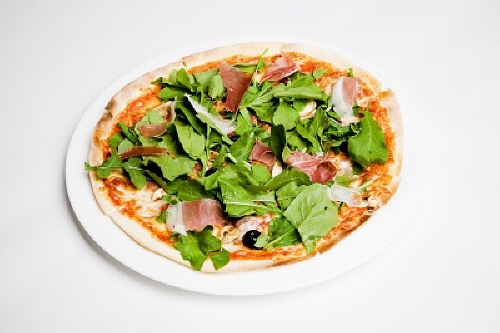
![Tumbas Reales Uireung en Seúl (서울 의릉(경종·선의왕후)) [Patrimonio Cultural de la Humanidad de la Unesco]](http://tong.visitkorea.or.kr/cms/resource/85/2690685_image2_1.jpg)
![Dahmsojung [Korea Quality] (담소정[한국관광 품질인증/Korea Quality])](http://tong.visitkorea.or.kr/cms/resource/20/2684320_image2_1.jpeg)
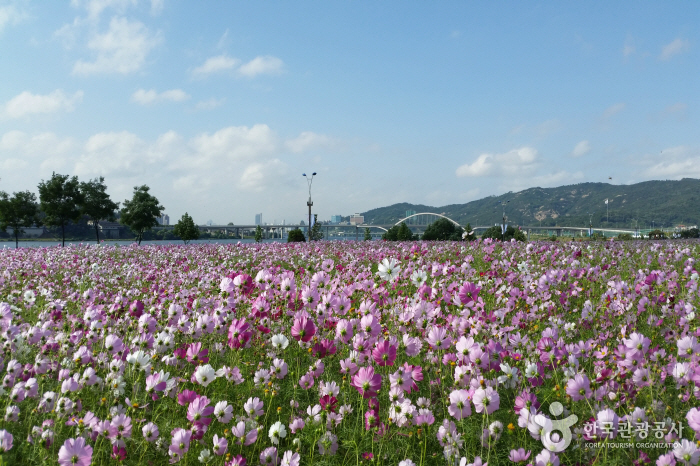
![Yeonwoohouse [Korea Quality] / 연우하우스 [한국관광 품질인증]](http://tong.visitkorea.or.kr/cms/resource/83/2557483_image2_1.jpg)
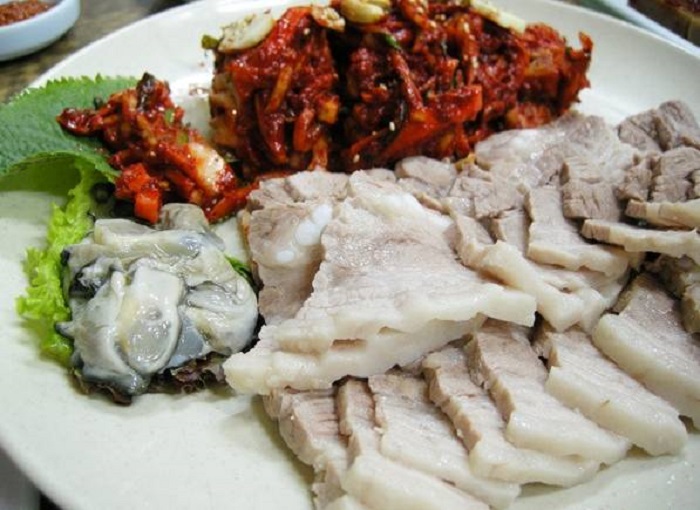
![Museo Nacional de Arte Moderno y Contemporáneo en Seúl [MMCA] (국립현대미술관 서울관)](http://tong.visitkorea.or.kr/cms/resource/03/2991503_image2_1.jpg)
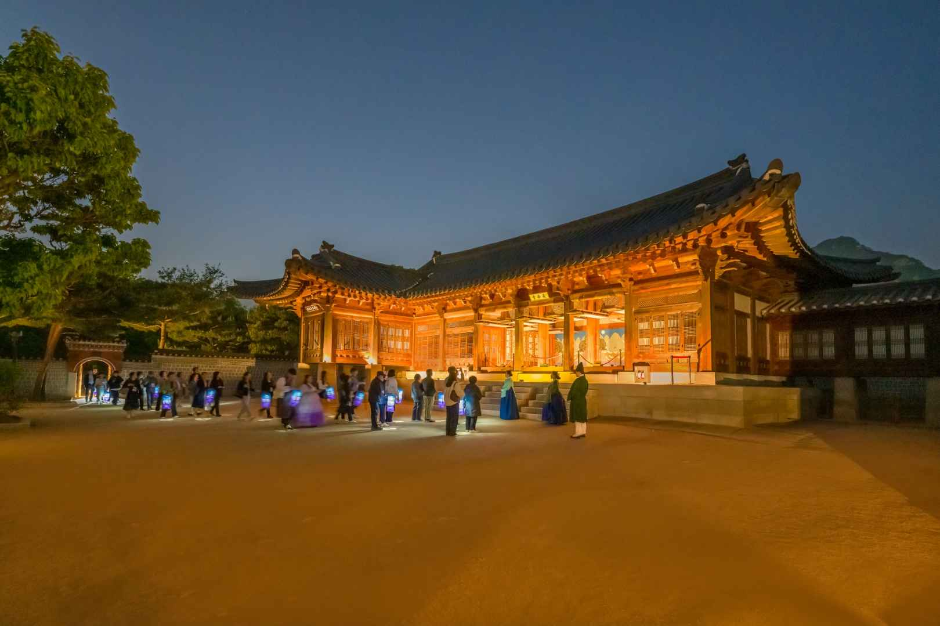
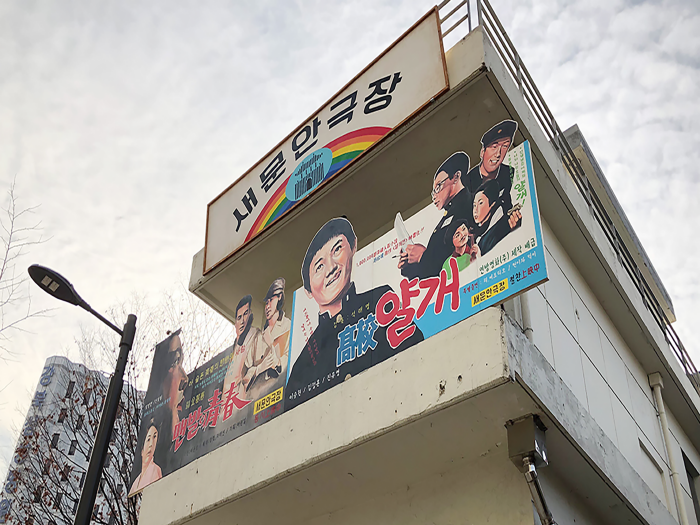
 Español
Español
 한국어
한국어 English
English 日本語
日本語 中文(简体)
中文(简体) Deutsch
Deutsch Français
Français Русский
Русский